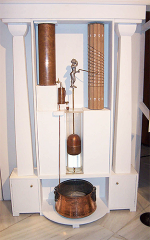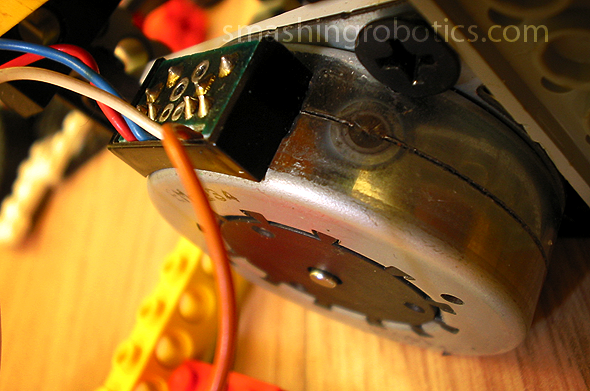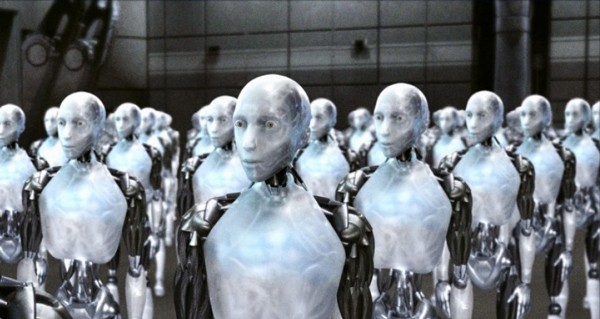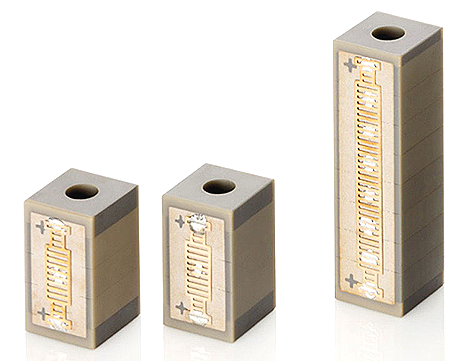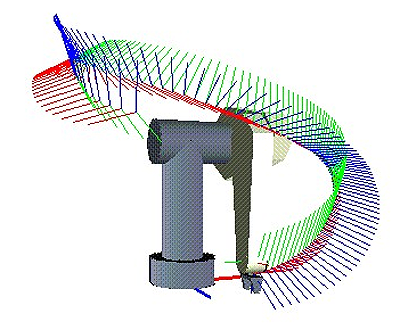The concept of modular robots is an answer that came to meet the rigidity of robots with static forms. The wide variety of robots is the result of a number as high as combinations of shapes and forms. A robot used to clean the house has specific shapes and sizes, while an industrial robot comes with a completely different design.
Let’s imagine that there is a team of robots which together change their shape whenever they must do a different task. Yes, this is the concept of self-reconfiguring modular robots. The history of concept begins somewhere in the 1970s in computer numerical controlled (CNC) machining, where special modules could be changed automatically as an extension of a robotic arm. The concept of connecting mechanisms and creating a robot was developed in 1980s by Toshio Fukuda with the CEBOT (cellular robot). In 1990s, for the first time there were launched two types of architectures: lattice reconfiguration systems and chain-based systems.
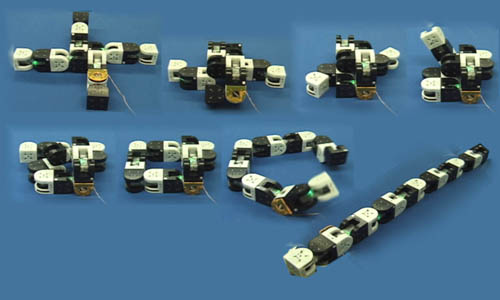
The idea underlying the concept is to create a number of identical robots which can be combined to create a specific robot, compared with the classical concept of a robot which is designed for specific tasks. Each module has a control unit and a connection mode, but can’t be used separately due to lack of accessories.
In future there will be a specific focus to develop modular robots that can repair the structure created, an optimal time for reconfiguration, or create an optimal configuration. Another challenge is to create robotic modules with high versatility, value, and robustness.
What is a self-reconfiguring modular robotic platform?
A modular self-reconfiguring robotic system involves control, design, and fabrication for kinematic machines with variable morphology. Generally they are small robots who can connect to each other to communicate, to transfer mechanical force and electrical power. These robots are able to arrange in a configuration corresponding to a new circumstance. This configuration involves changing connections and take decisions dependent on new tasks. Depending on the field of activity, the new structure formed can use accessories as grippers, wheels, cameras, etc.
Application areas
Modular robotic systems have a great advantage compared with classical robots, and are able to do a variety of tasks only by their ability to adjustment and connection to create various forms. One of the important tasks where such a system is needed are space exploration. The capacity of these modules for self-repair is one of the features that is needed in space missions. Another important feature is the automatic adjustment of shape according to new typologies. Education and research are other areas where such robotic systems are used.
There are classic robots that are used in earthquake disaster situations, but have limited functionality. A modular platform could be the solution to find victims in useful time for rescue team intervention. These robots can scan the area and can change their shape to move through tight spaces. In the same time the robots can be equipped with video cameras to transmit images to the command center.
Types of self-reconfiguring modular robots
There are two general types of modular robots: heterogeneous and homogeneous. These two types are divided according to the architecture types:
- Lattice architectures;
- Chain/tree architectures;
- Deterministic reconfiguration;
- Mobile architectures;
- Stochastic reconfiguration.
Lattice architectures
Lattice architectures use 3D patterns to impose rules for arranging and connection. There is a downside to this type of architecture, the motion of modules is limited.
Chain/tree architectures
Robotic modules are connected together in a string or tree topology. With a serial basic architecture, these modules are versatile but hard to control.
Deterministic reconfiguration
This type of reconfiguration is based on feedback control, and relies on units moving or being directly manipulated into their target location during reconfiguration.
Mobile architectures
This architecture uses the environment to make maneuvers, and is a system that can create complex shapes.
Stochastic reconfiguration
This type of reconfiguration relies on units moving around using statistical processes.
Advantages
Adaptation – an important advantage of these modular systems is the reconfiguration to adapt to different situations;
Robustness – compared to conventional systems, modular platforms are more robust;
New morphologies – can create a complete range of morphologies composed from the same module;
Self-repair – in cases of damage to the modules, the system can be modified to remove the affected parts;
Economic advantage – usage of the same modules to create complex robots, lead to cost reduction.
Disadvantages
Low performance – compared with a conventional robot built to specific tasks, modular robots have diminished performance.
Differences between modular robots and transformer robots
At least two major differences between modular robotic systems and transformer robots. The first difference and perhaps the most insignificant is the size of units. Modular robots are much smaller than classical transformer robots.
The most important difference is that a transformer, no matter how complex it is, can take decisions in one place – i.e. has a single brain. There is only one control system that takes decisions for all transformer parts. Each modular robot has its own control unit, unit which is permanently connected with other units to plan movements.
Conclusion
Self-reconfiguring modular robotics is a concept that takes shape in our days, a system for creating robots for areas impossible to reach by classic robots. The design of modules creates maximum flexibility in movement and connection, and most importantly, it is not necessary to build each time a new robot for a given task.
Resources- Self-reconfiguring modular robot, Wikipedia
- “Reconfigurable Modular Mobile Robotic Platform” by M. Bienia, D. Garcia, K. Wajcs at the Worcester Polytechnic Institute
- “Design and Development of a Low-Cost Prototype of a Modular Robot Platform to be Used in the Control Engineering Laboratory” by P. Saade et. al. at American University of Science and Technology, Lebanon
- “PolyBot and PolyKineticTM System: A Modular Robotic Platform for Education” by A. Golovinsky et. al., Princeton University
- ERRV, Open Source Modular Robotic Platform product page, RACE
- Robo J31 article, Lawrence Technological University
- “Modular Robots: The State of the Art” 2010 ICRA Workshop paper at University of Southern Denmark


